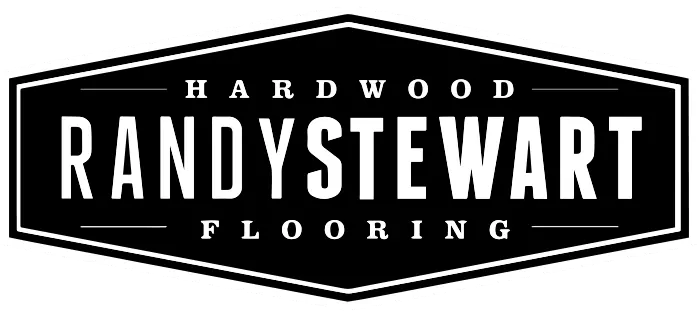Nestled along the southeastern coast, Historic Downtown Charleston offers a unique blend of Southern charm and historical significance. Visitors are captivated by its cobblestone streets, antebellum homes, and picturesque waterfront views. This area, dating back to the 17th century, is a treasure trove of well-preserved architecture and rich stories that bring the past to life.
As the oldest city in South Carolina, Charleston boasts numerous landmarks that reflect its storied past. From the iconic Rainbow Row to the historic Charleston City Market, there are countless sites to explore. Each corner of Downtown Charleston provides a glimpse into the lives and experiences of those who lived centuries ago.
Walking through the streets of Charleston, one can easily imagine the bustling activity of early settlers. The area’s combination of historical depth and modern vibrancy makes it a must-visit destination for history enthusiasts and casual tourists alike. With its welcoming atmosphere and storied legacy, Historic Downtown Charleston stands as a testament to America’s enduring heritage.
History and Architecture
Historic Downtown Charleston offers a rich tapestry of history and architecture, with roots extending back to the Colonial period. Iconic structures, many still standing, reflect the area’s evolution through the Antebellum Period, Post-Civil War Era, and the twentieth-century preservation efforts.
Colonial Beginnings
Founded in 1670, Charleston quickly became a bustling port city. The Colonial architecture is characterized by Georgian-style buildings, which feature symmetrical designs, paneled doors, and gabled roofs. The Old Powder Magazine, built in 1713, exemplifies the early colonial construction techniques.
The streets laid in a grid pattern offer a glimpse into the urban planning concepts of the time. Notable structures include the Pink House (circa 1694) and St. Michael’s Episcopal Church (completed in 1761). These buildings exhibit the city’s early architectural foundation.
Antebellum Period
The Antebellum period in Charleston was marked by economic prosperity, influencing its architectural landscape. Greek Revival and Federal styles dominate this era, featuring grand columns and intricate moldings. The Nathaniel Russell House (1808) with its free-flying staircase and the Aiken-Rhett House (1820) illustrate the opulence of the time.
Plantation homes and townhouses sprouted across Charleston, often with lush gardens and wrought-iron gates. Materials like brick and stucco became common, reinforcing the city’s distinctive visual and structural character.
Post-Civil War Era
Following the Civil War, Charleston experienced significant transformation. Reconstruction led to diverse architectural styles blending, such as Italianate and Gothic Revival. The William Enston Home (1889) serves as an example of post-war philanthropy and community building.
Economic struggles during this period meant many buildings required repairs or modifications. Instances of adaptive reuse became common, where older structures were repurposed for new functions. African American craftsmanship also left a significant mark, particularly evident in the unique ironwork and detailed carpentry.
20th Century Preservation
The twentieth century marked a concerted effort to preserve Charleston’s historic charm. Preservation movements led to the establishment of the Charleston Historic District in 1966. The Preservation Society of Charleston, founded in 1920, played a pivotal role in advocating for maintenance and restoration of historic sites.
Many colonial and antebellum buildings, like the Heyward-Washington House and Drayton Hall, were meticulously restored. Building codes were introduced to maintain the aesthetic integrity of Downtown Charleston. Modern additions carefully blend with historic structures, ensuring the city retains its unique architectural identity.
Cultural and Recreational Highlights
Historic Downtown Charleston offers a rich culinary scene, diverse art galleries, intriguing museums, and beautiful parks. These highlights provide both cultural enrichment and recreational activities for visitors of all ages.
Culinary Scene
Charleston’s culinary scene is renowned for its Lowcountry cuisine. Restaurants such as Husk and Fig serve dishes rooted in local ingredients and traditions, attracting food enthusiasts worldwide.
Seafood lovers can enjoy freshly caught shrimp, oysters, and crabs. The vibrant Charleston Farmer’s Market offers a variety of local produce, baked goods, and crafts, providing a delightful morning outing. Culinary tours are also popular, allowing visitors to sample multiple local delicacies within a short walk.
Art Galleries and Museums
Charleston’s art scene is vibrant and varied. The Gibbes Museum of Art showcases American art with a focus on Southern artists. For contemporary works, Redux Contemporary Art Center offers exhibits and artist studios.
The Charleston Museum is the oldest in America, featuring exhibits on the city’s history, from its colonial past to its role in the Civil War. Art galleries such as Robert Lange Studios and Hagan Fine Art sell both traditional and contemporary pieces, catering to diverse tastes.
Parks and Outdoor Spaces
Downtown Charleston has numerous parks and green spaces. Waterfront Park offers stunning views of Charleston Harbor, with its iconic Pineapple Fountain and tree-lined paths.
White Point Garden provides a scenic area for picnics and features historical monuments. Riley Waterfront Park includes swings for relaxation and play areas for children. Many parks host community events, such as outdoor concerts and food festivals, creating vibrant social spaces for locals and visitors alike.
